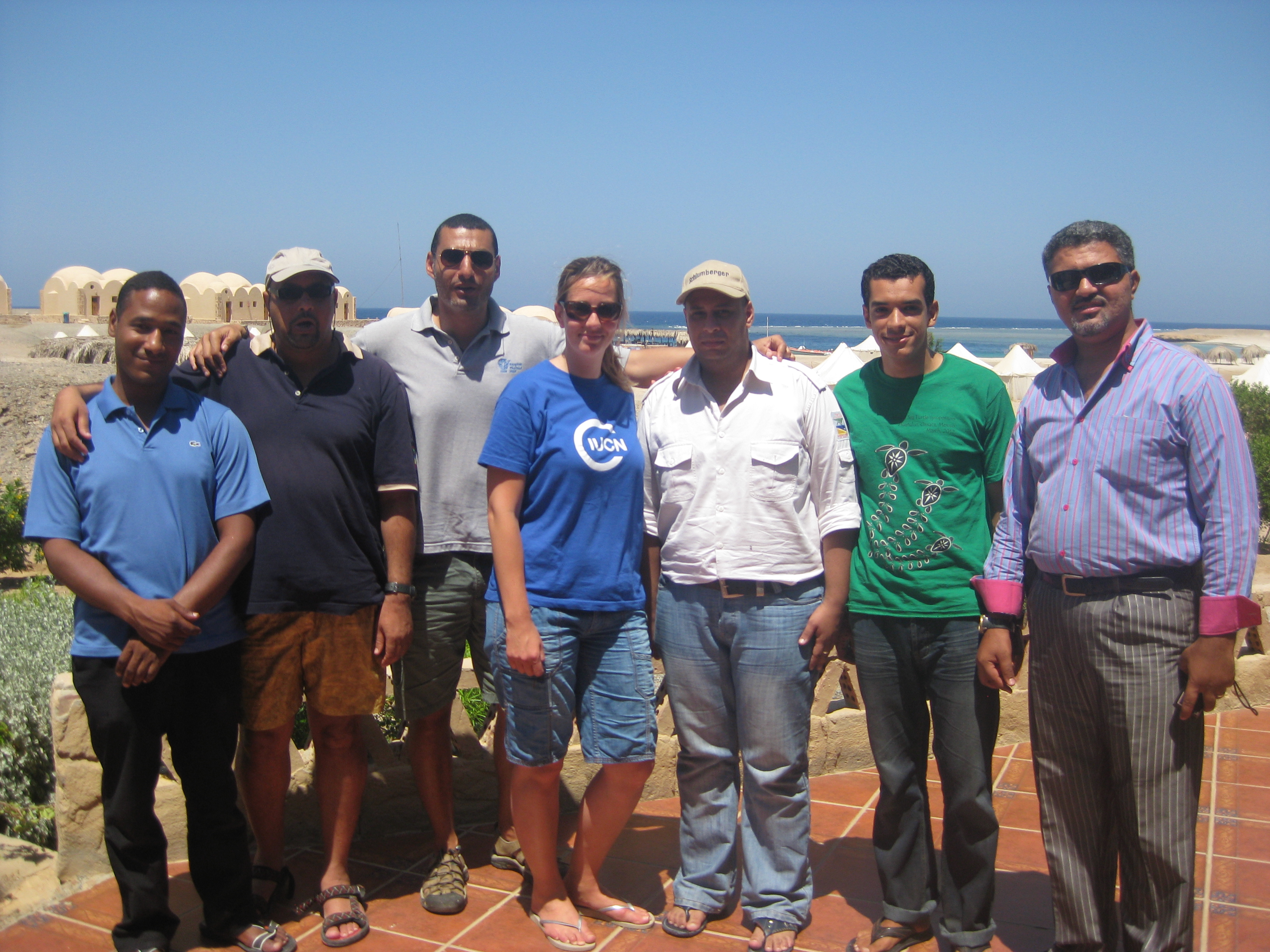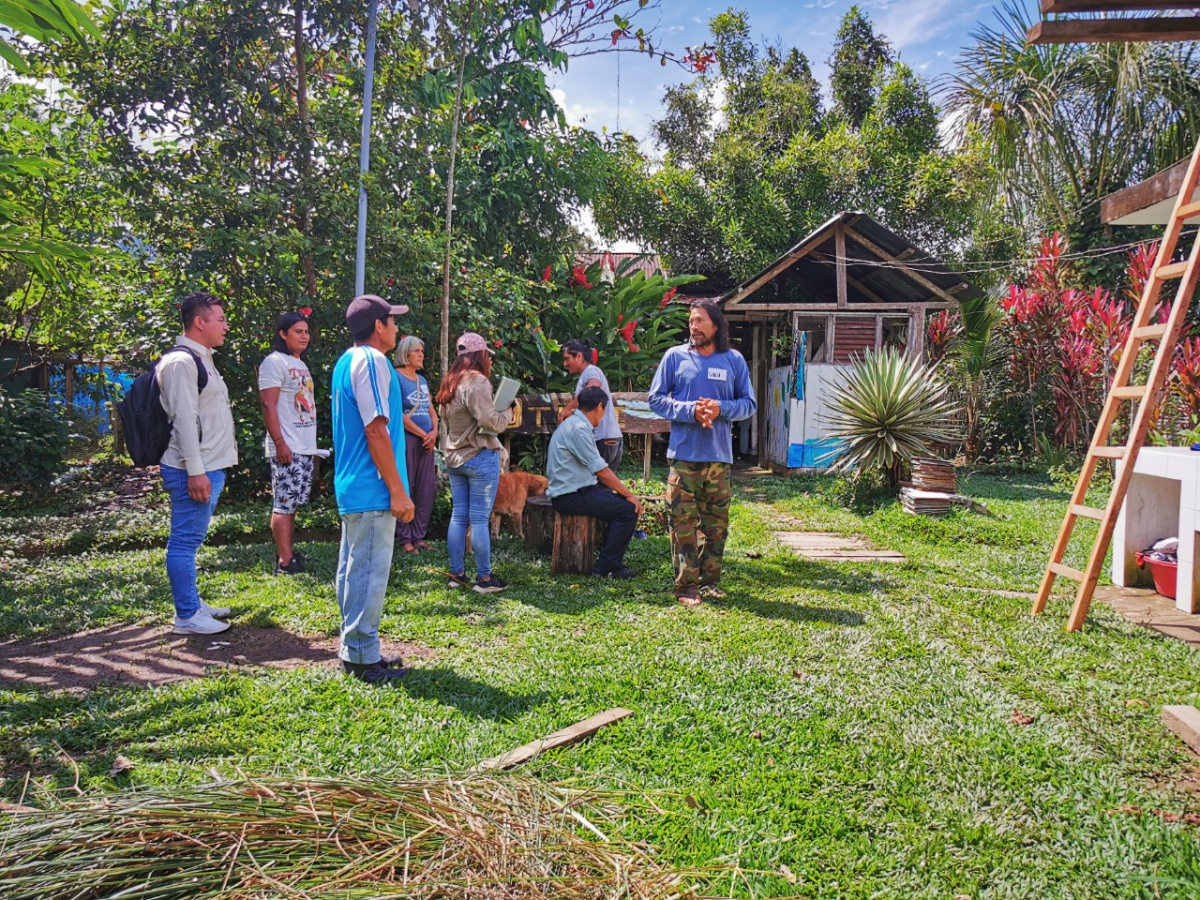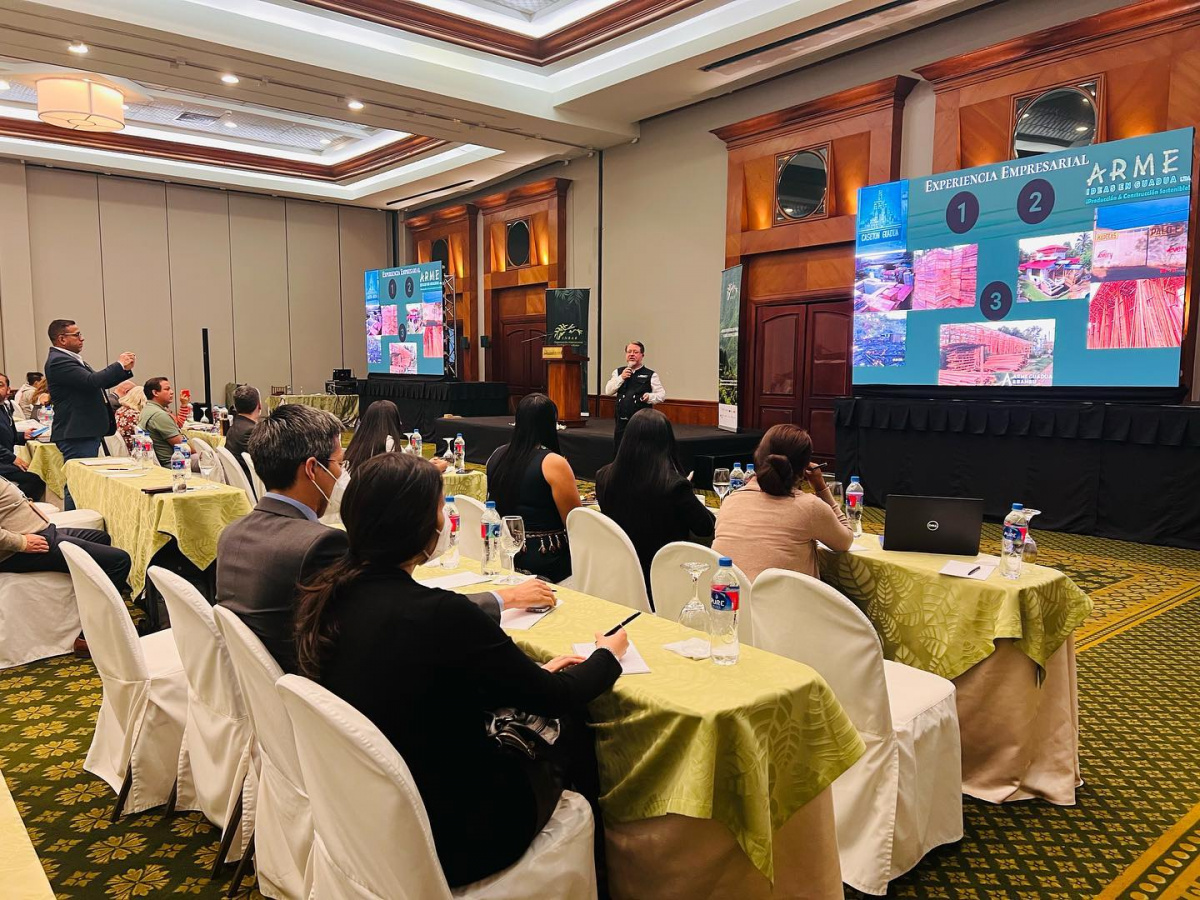Supporting the rangers could save their lives
Killed by soldiers, rebels, drug and animal smugglers, wild animals or simply by accident, 70 rangers have lost their lives this year. Rangers protect our parks and the people that visit them but who protects them?
In June, the Okapi Wildlife Reserve in the Democratic Republic of the Congo was brutally attacked by armed poachers who killed seven people, including two rangers. In early July, rangers and their families were evacuated from Virunga National Park, also in the Democratic Republic of Congo, as the latest chapter in the country’s ongoing civil war in its Eastern provinces raged out of control. In India, nearly 30 rangers have been killed this year either by drug smugglers or poachers.
Some parks have very few vehicles for patrolling, making it difficult to control poaching. In others, rangers work for months without salaries, forcing them to take on other jobs to support their families, or the park is engulfed in conflict and rangers are confronted by armies, militias and refugees. In the developed world, rangers are sometimes up against by heavily armed drug lords.
These risks are all too common, and in many parks and reserves they are increasing. Adequate equipment and training in many cases can help alleviate the danger, and assist rangers in ensuring their own safety.
The IUCN Global Protected Areas Programme has taken up capacity development as a main theme of its new work programme, working on guidelines and programmes that will assist rangers in their development of skills and work experience. With more effort being made on training rangers they will ultimately be better equipped to interact with stakeholders and deal with conflict, leading to better protection for both people and protected areas. .
In addition to their service to protected areas and communities, rangers are often the only wage earners in their families. A ranger death can lead to financial disaster for a family. The Thin Green Line foundation supports families affected by ranger deaths or injury directly. Allocating funds so that the families can survive and children can continue schooling not only helps rangers’ families, but can help support whole communities.
Rangers are the eyes and ears on the ground in our protected areas, and their invaluable service and sacrifices help conserve biodiversity and help others achieve progress. On this World Ranger Day, supporting them is vital to ensuring thriving protected areas and communities now and in the future.
For more information on IUCN’s work on developing capacity for protected areas contact David Reynolds dave.reynolds@iucn.org
For more information on the Thin Green Line Foundation http://www.thingreenline.org.au/





